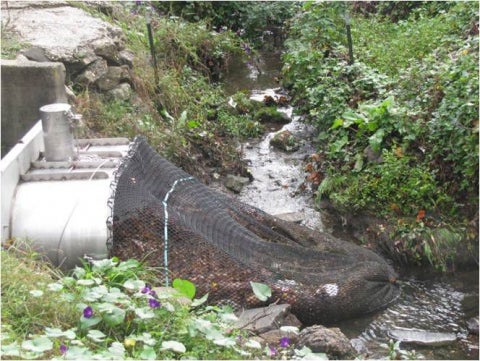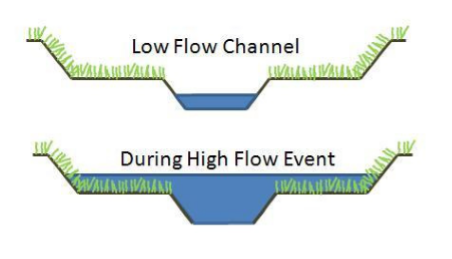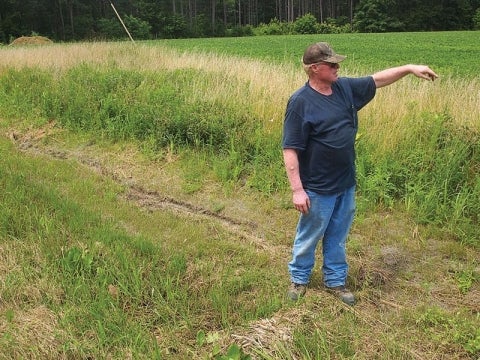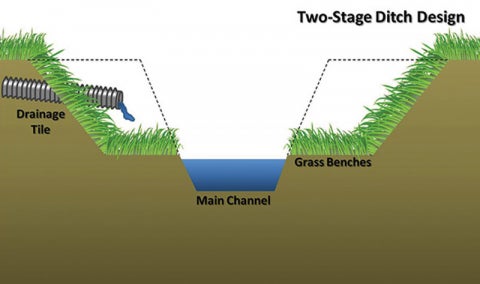Talbot County Ditch Retrofits

Agriculture is an important part of our economy, but pesticides and excess fertilizer can become pollutants if they reach nearby water bodies. Additionally, polluted runoff from paved roads and highways can impair water quality in creeks and streams.
Effective stormwater management, on the other hand, creates safe paths for polluted runoff to be captured and filtered through the ground before it reaches waterways. This helps keep the environment clean and our communities healthy!

Project location: Talbot County, MD
Problem: On Maryland’s Eastern Shore, runoff from agricultural land typically flows to roadside ditches, which convey runoff to receiving streams, rivers, and the Chesapeake Bay. Agricultural runoff often contains high levels of nitrogen and phosphorous, which can cause nutrient over-enrichment, algal blooms, and dead zones in the Bay.
Solution: Traditional roadside ditches can be modified so that they slow and filter polluted runoff. Talbot County piloted this approach at two dozen sites throughout the county. It retrofitted the ditches to a two-stage design consisting of a deep central channel and broad “bench” sides planted with native vegetation, which allow water to be slowly absorbed into the ground rather than sprinting to nearby creeks. The design promises to deliver benefits for both water quality and soil health. Scientists estimate that 150 installed projects can reduce nitrogen pollution of 8,000 pounds per year from developed land 30,000 pounds per year from agricultural land. Not only will this program keep the water clean, it will also support and create engineering and construction jobs.
Scale: 24 pilot ditch sites
Cost: $508,190
Funding sources: MD Department of Natural Resources’ Chesapeake and Atlantic Coastal Bays Trust Fund; Talbot County






